[quote_box_center]Camel racing become popular as a sport in many countries: Pakistan, Saudi Arabia, Egypt, Bahrain, Jordan, Qatar, United Arab Emirates, Oman, Australia and Mongolia.
Professional camel racing is an event for betting with lots of money included, and also an extraordinary tourist attraction. Most famous and interesting race, Camel Cup, is held every year in July in Australia.[/quote_box_center]
Desert Majesty – Camel
Camels are very smart animals, desert giants but surprisingly fast.
Camels can run at speeds up to 65 km/h in short sprints and they can maintain a speed of 40 km/h for an hour.
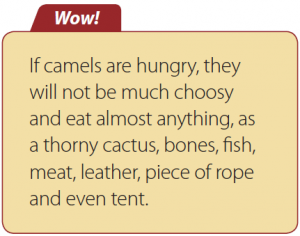 Interesting thing that everyone asks is what a camel’s hump stores – water? No, it is fat. Camels can go for days or even weeks with little or no food or water. But, when camels do drink, they can take in enormous amounts of water.
Interesting thing that everyone asks is what a camel’s hump stores – water? No, it is fat. Camels can go for days or even weeks with little or no food or water. But, when camels do drink, they can take in enormous amounts of water.
A really thirsty camel may drink more than 200 liters in one day. Camels have three eyelids.
Two of the eyelids have eye lashes which help protect their eyes from sand.
The third is a very thin lid which works as a windshield wiper to clean off their eyes. In a sandstorm or windy day, they can close that eyelid to protect their eyes from the sand, but still see where they are going.
Camels are called “ships of the desert”. Camels usually walk, but when they must go faster they either gallop or pace. The pace is a movement in which both legs on the same side rise and fall together.
This leg action produces a swaying, rocking motion that makes some riders “seasick”.
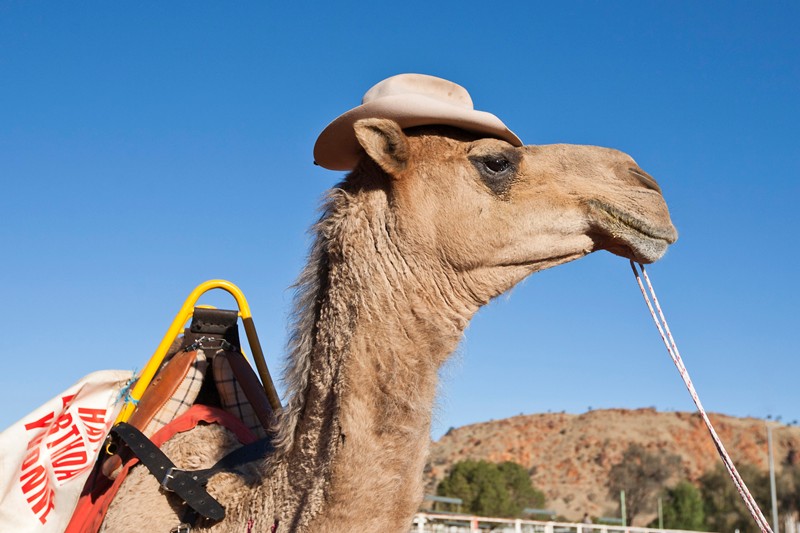
Camel jockey
At the beginning small children were used as camel jockeys, usually boys around the age of four, to ride and direct the camels.
Many child camel jockeys were seriously injured by falling off the camels. If a camel falls and both of them are injured, the camel is treated first because it is more valuable.
Much bigger problems were child starving to death in order to be lighter, beating and forced work for 18-hour a day, often kidnapping, a real child slave trade, especially children from destitute families.
The United Arab Emirates were the first to ban the use of children under 15 as jockeys in camel racing, in 2002.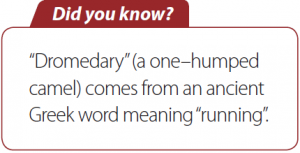
Shortly afterwards a robot jockey was developed. Robots are designed to look like human, so they have human-like features, including a mannequin- like face, sunglasses, hats, racing silks and even traditional perfumes used by human jockeys.
They are remotely controlled by operators being driven alongside the race track. The first successful official race with robotic jockeys was conducted in Qatar in 2005.
Races all around the world
Chosen camels, from the birth, are specially raised for the track, using carefully controlled methods of breeding, training and nutrition.
In the United Arab Emirates (UAE), sophisticated training methods, such as working animals on treadmills and in swimming pools, are used to prepare racing camels for competition. Beside UAE, which is the centre of camel racing in the Middle East, other countries have also dedicated ways of camel training. Rules of racing vary from country to country.
But something is in common for every race – it brings participants from whole world, it is great entertainment and includes large cash awards.
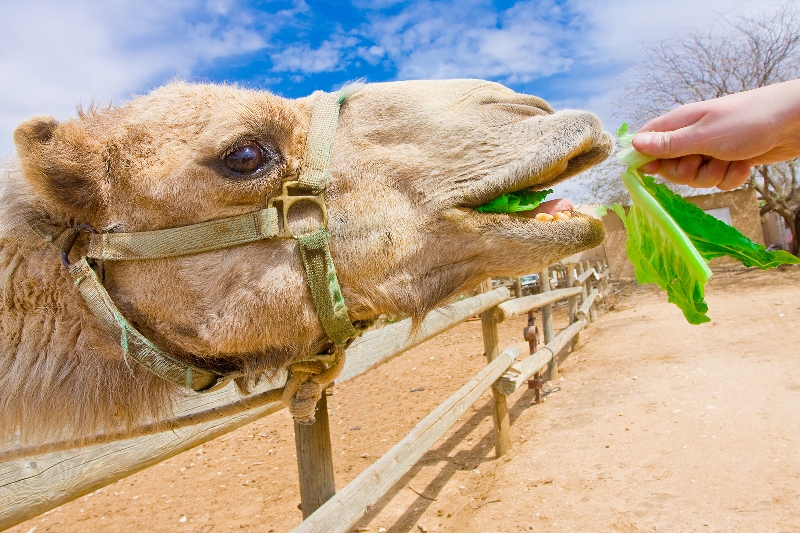
The Camel Cup, Australia
Considered the most known, The Camel Cup is an annual camel racing festival held in Australia, on the 2nd Saturday in July, in its own arena at Blatherskite Park, a section of the Central Australian Show Society grounds.
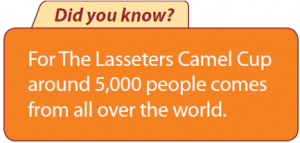 The event is organized by the Alice Springs Lions Club and Apex Club of Central Australia.
The event is organized by the Alice Springs Lions Club and Apex Club of Central Australia.
The first Camel Race was run in 1970 as a bet between two friends, after which races proved so popular that plans were made to hold the event on an annual basis.
Today, Alice Springs’ Lasseters Camel Cup is an amazing race, the family and fundraiser event.
It is well known for its charismatic camels as well as entertaining and brave riders. Also, there are lots of actions between races.
[quote_box_center]
Noel Fullerton – Camel Man
Noel Fullerton was born in 1934 in Adelong, Temora, NSW. The father of eight children, the grandfather of 32 and great grandfather to 7 children, he is seen as the patriarch of the Fullerton family. Noel is also seen as the grandfather of the camel industry in Australia. Noel has been involved heavily with the Camel Cup since its inception. Noel Fullerton is now a legendary figure, a “Camel Man”, whose knowledge of camels and expertise with them, made the Lions Clubs of Alice Springs Camel Cup the premier event of camel racing.
He has now retired from camel racing, but the tradition still lives on.
[/quote_box_center]


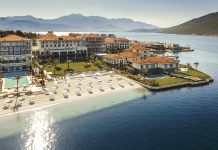



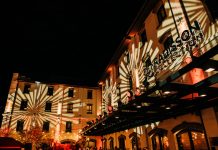


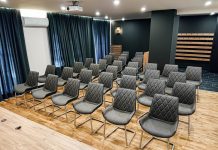
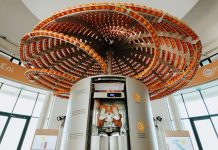




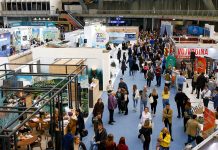

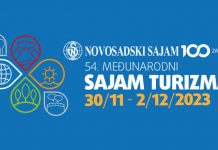

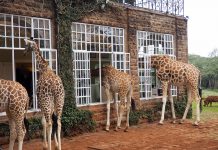
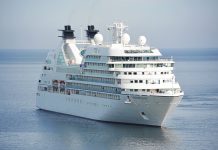
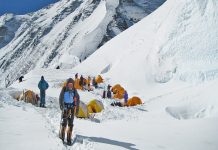


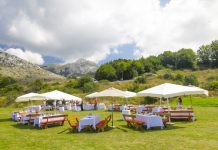
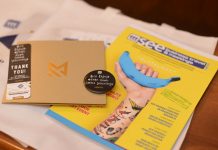








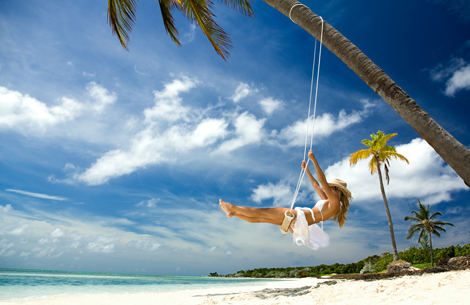
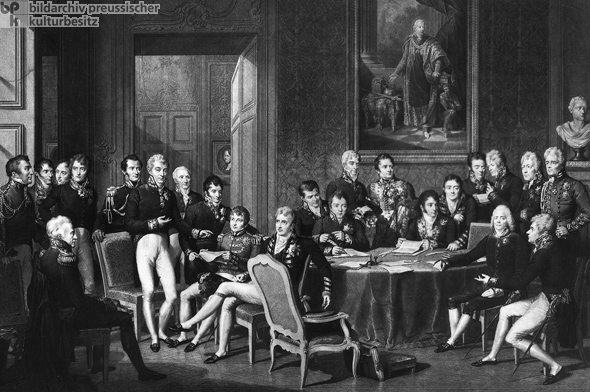


 Srpski
Srpski English
English